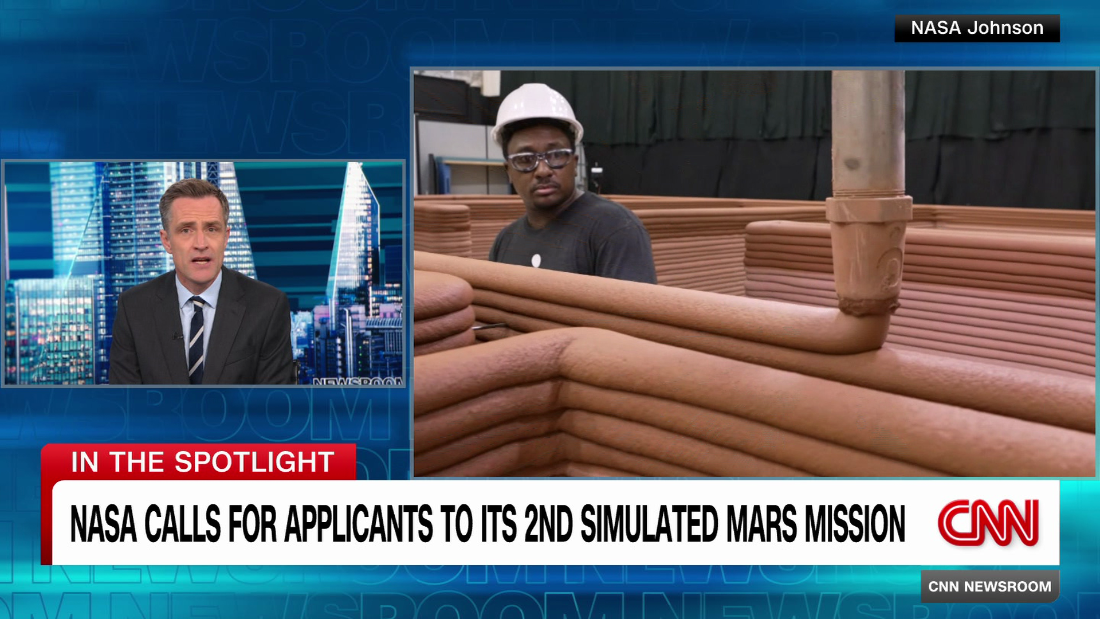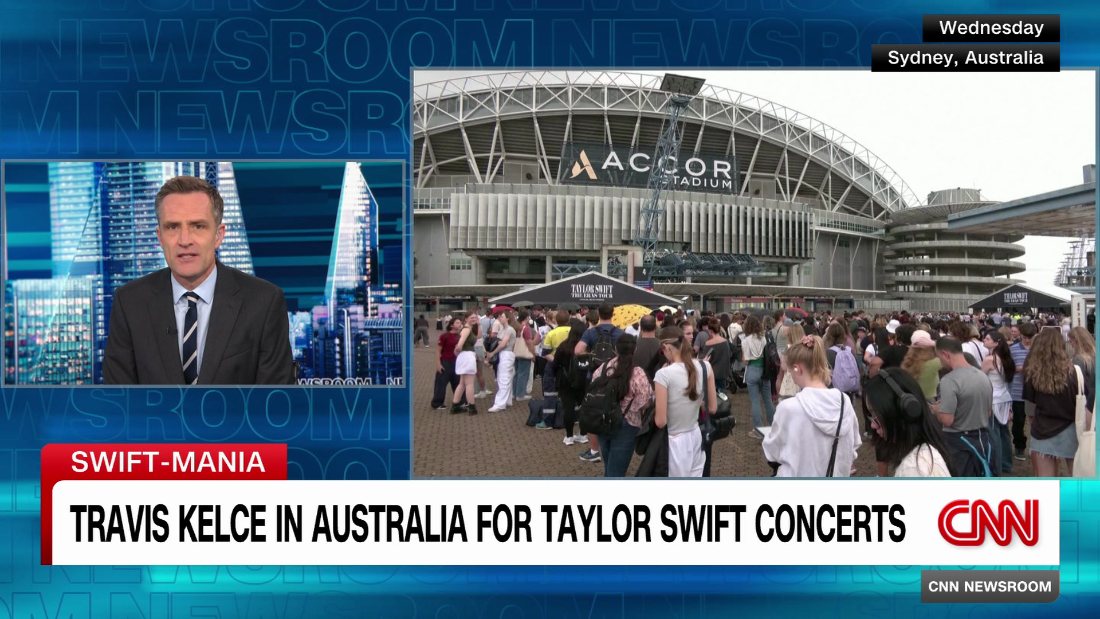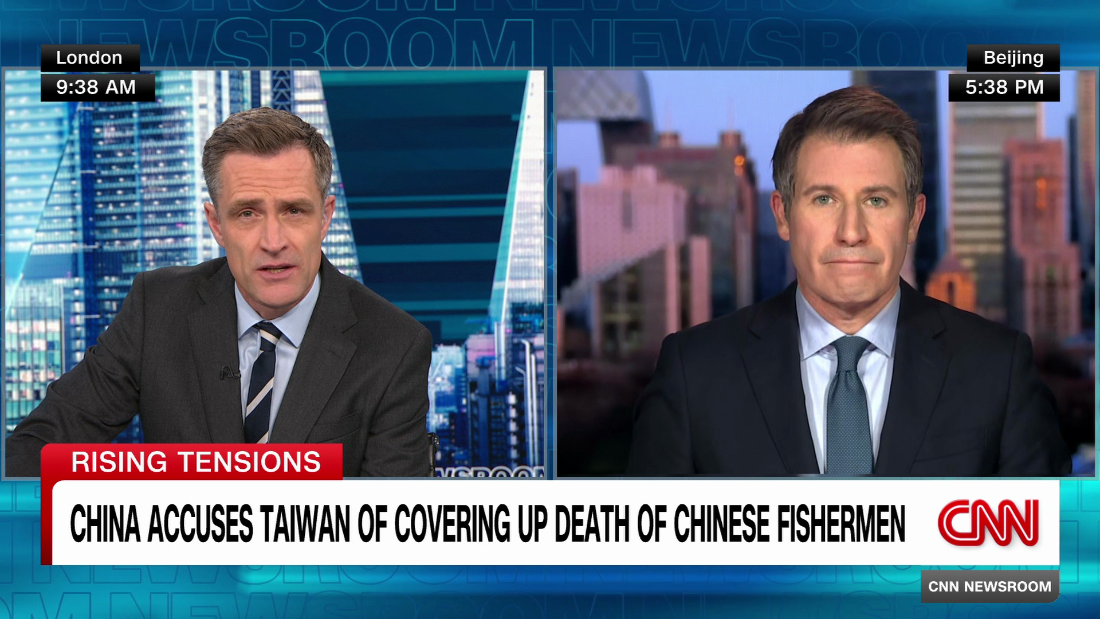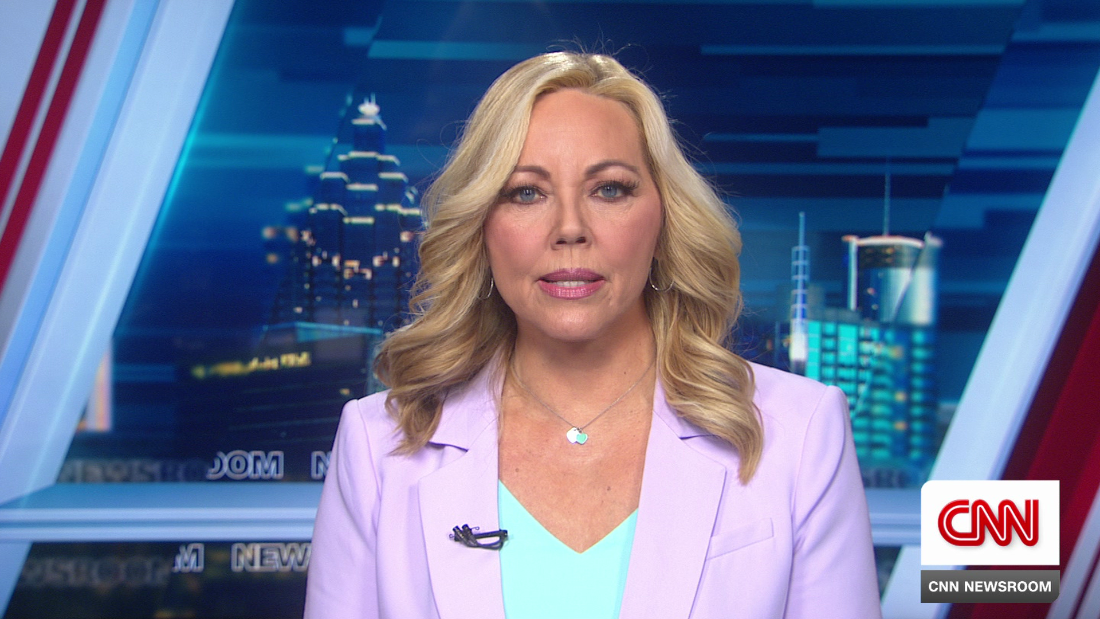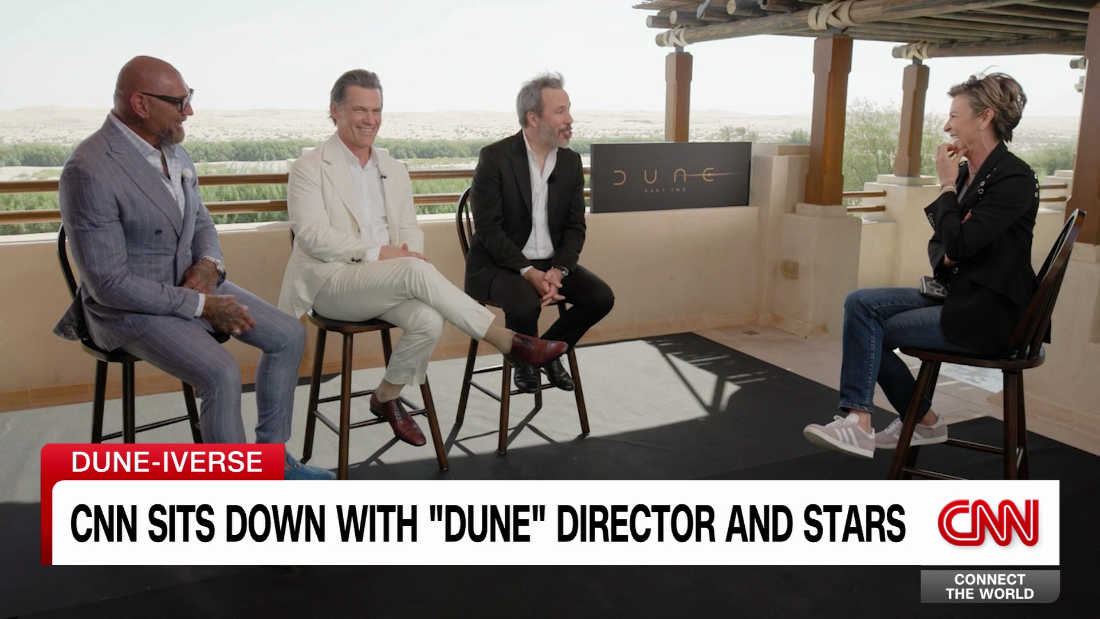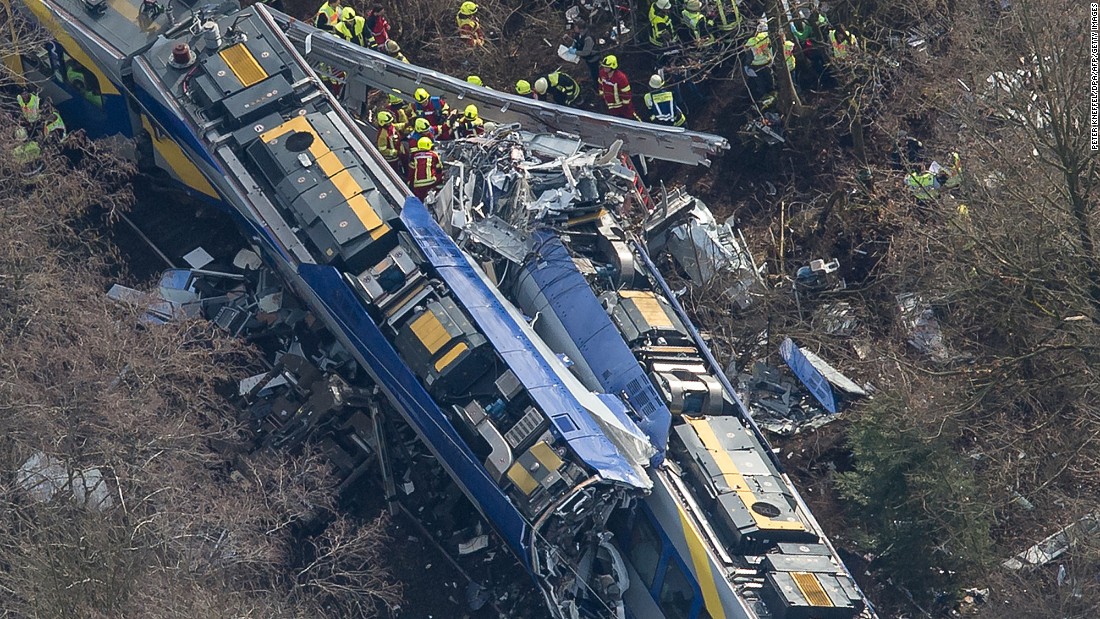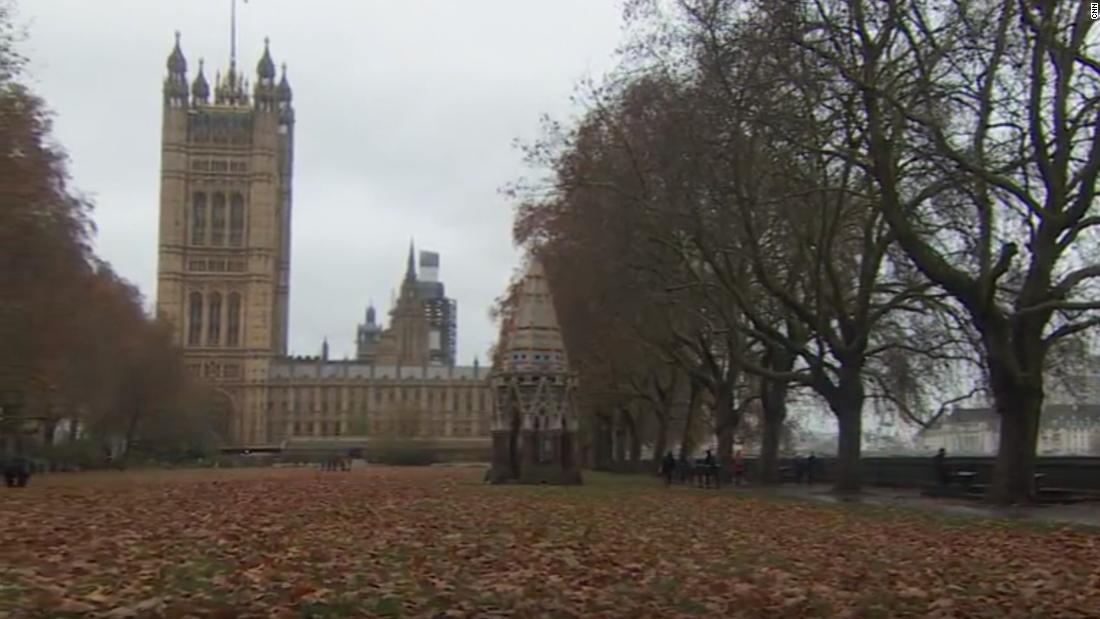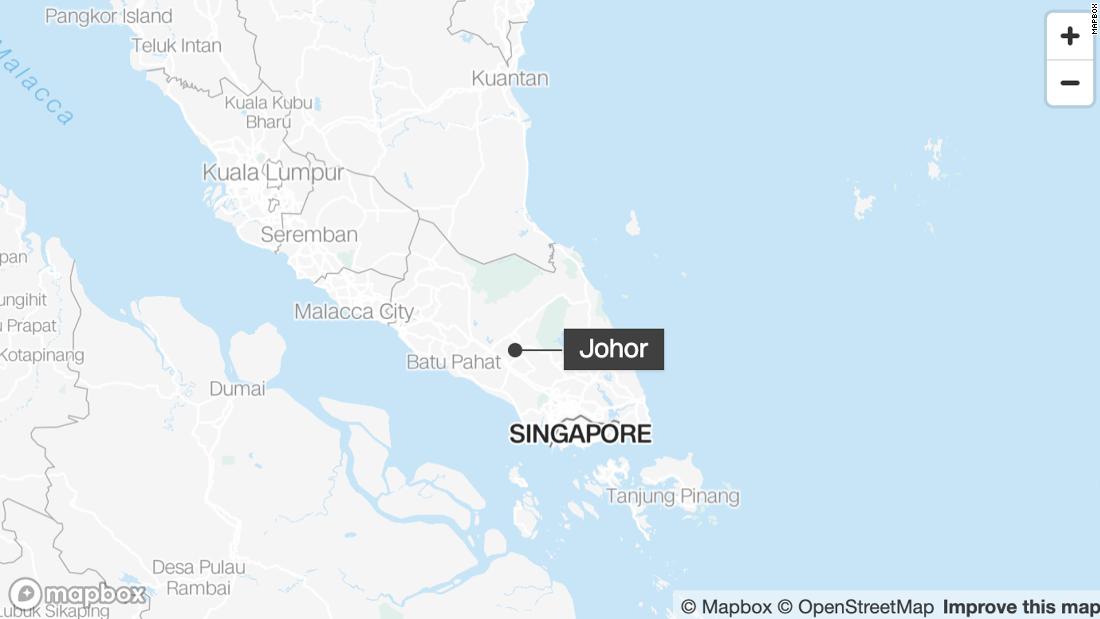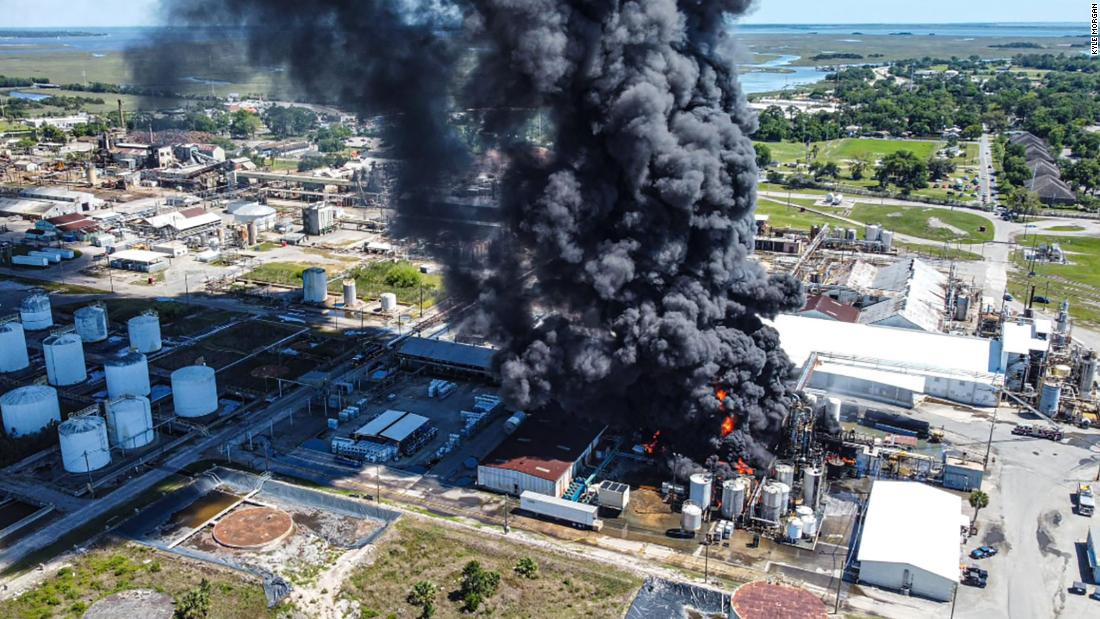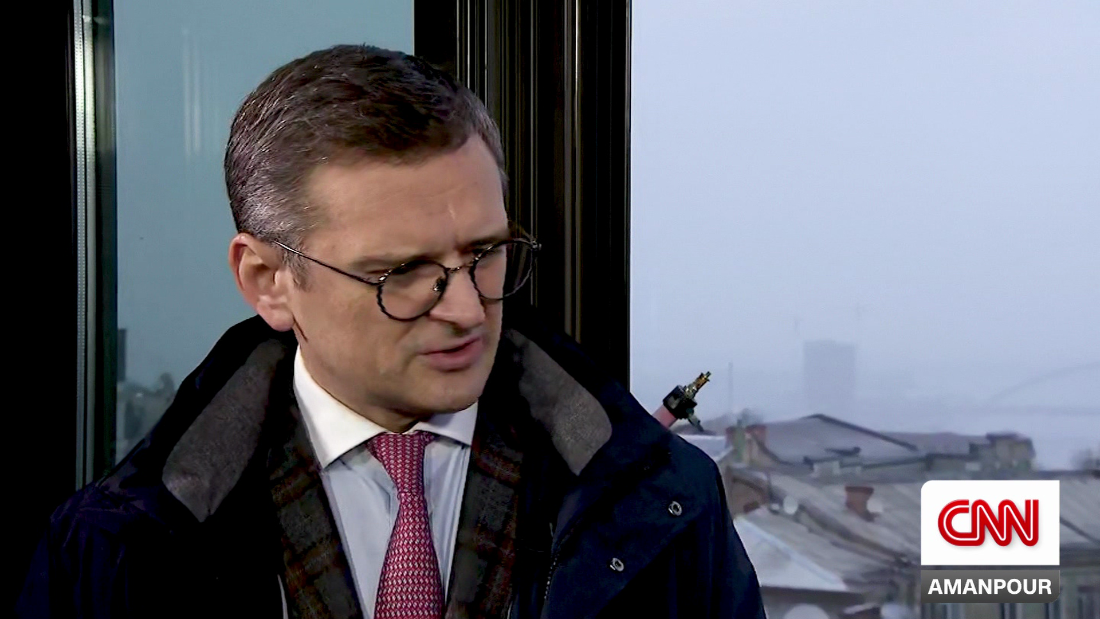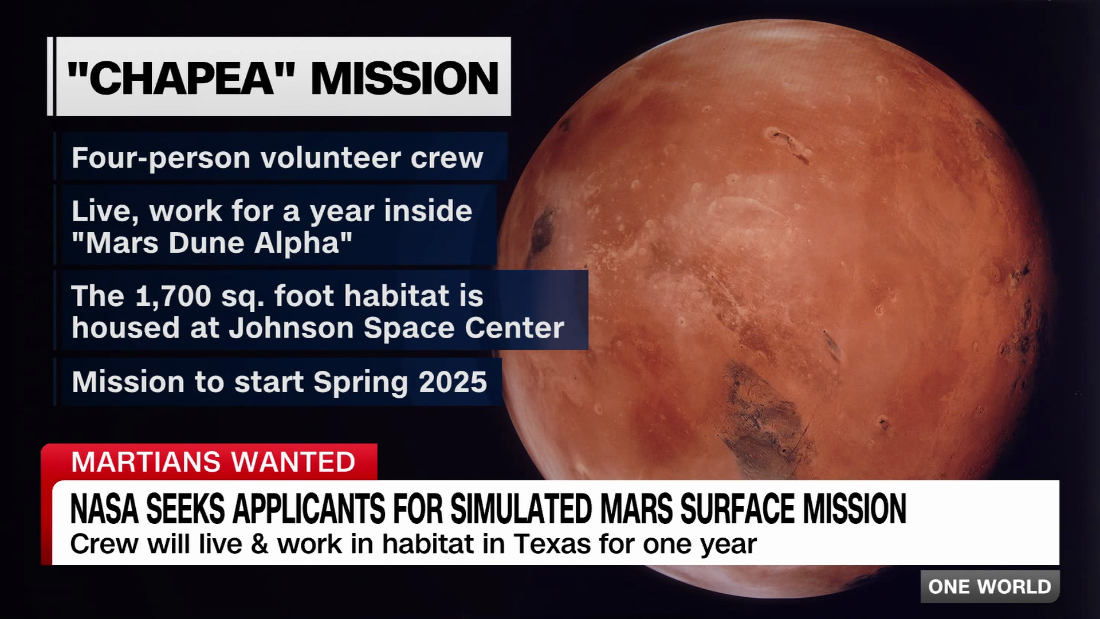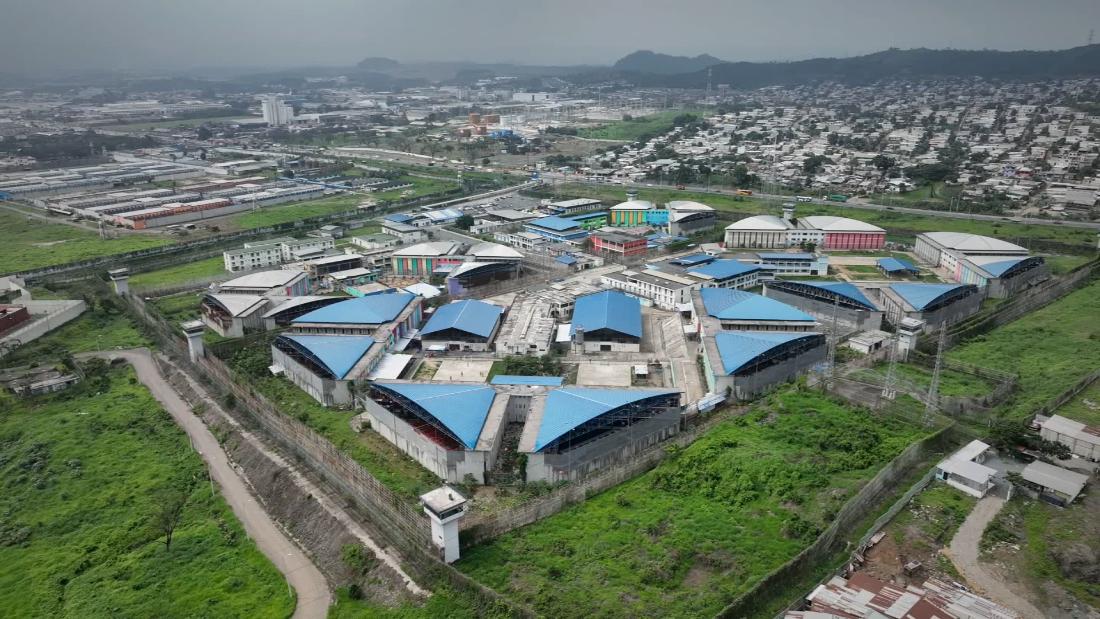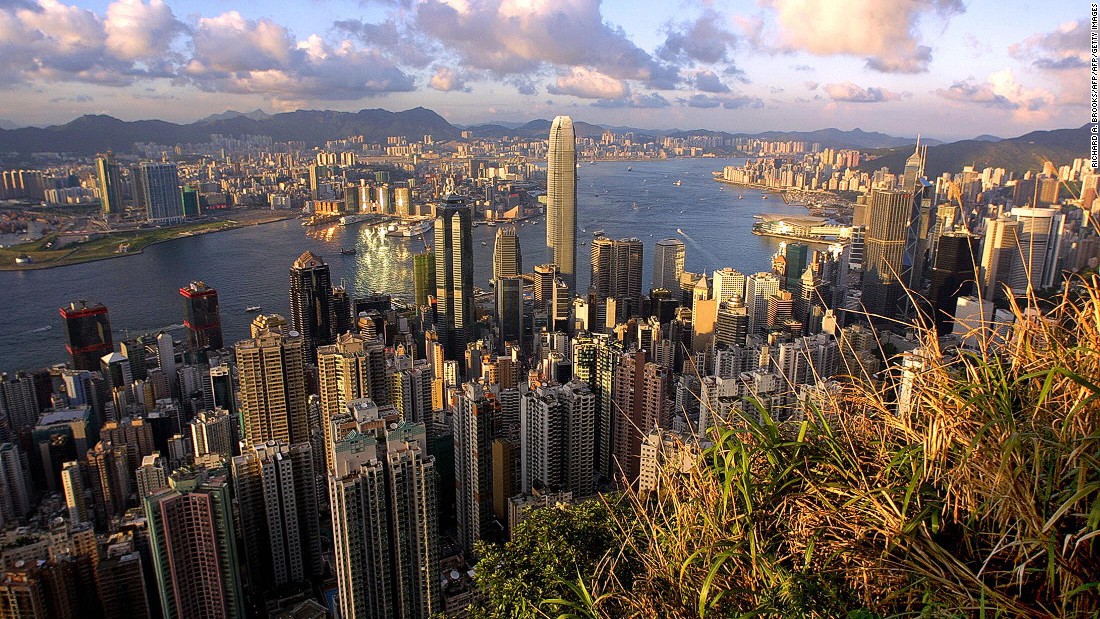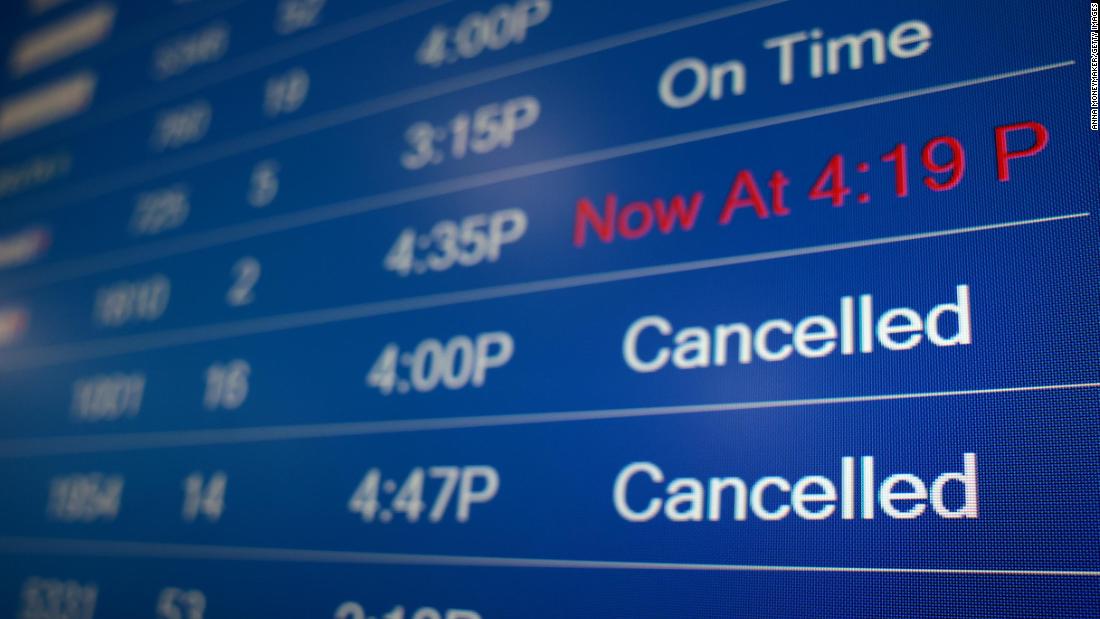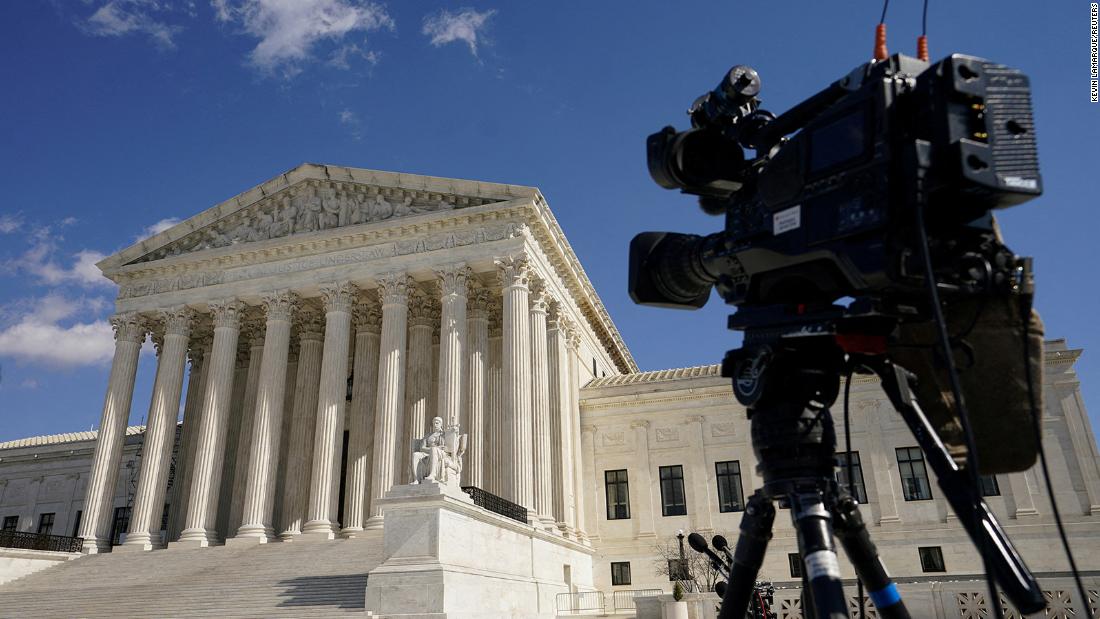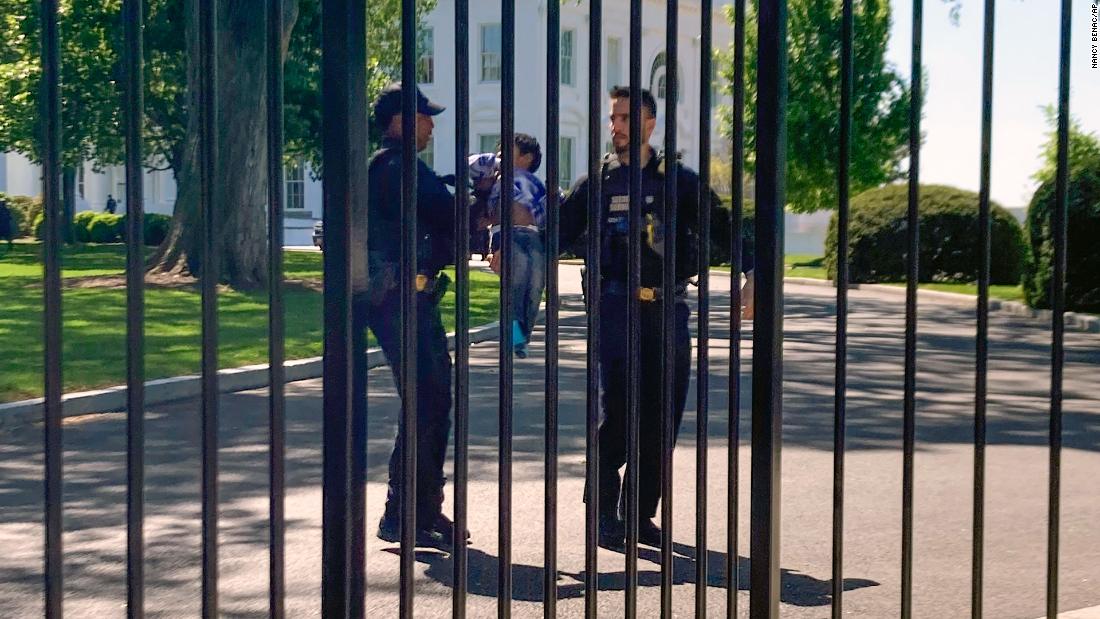PLANS for the world’s longest suspension bridge have been signed off after over 2,000 years in the making.
The impressive structure will connect holiday hotspot mainland Italy with the island of Sicily – currently only accessible by ferry.
The proposed design promises to withstand earthquakes and gale force winds
the bridge will connect Sicily to Italy’s mainland
Once finished, the bridge will stretch 3.6 kilometres (2.2 miles), surpassing Turkey’s Çanakkale Bridge as the world’s longest single-span suspension bridge.
It will be supported by two monumental steel towers – standing a mega 399 metres tall – and be fit with a roadway platform able to withstand powerful wind speeds of 292km/h (181mph).
The total cost of the project is estimated at an eye watering £12billion (€13.5 billion), with the European Union agreeing to fund 50 per cent of the executive design costs for rail infrastructure — around £20million.
The Italian government has vowed to manage costs carefully, including a safeguard clause that allows the cancellation of works if expenses exceed forecasts by 50 per cent.
The idea of linking Sicily to the Italian mainland dates back to ancient Rome, when Consul Metellus supposedly connected barrels and boats to transport war elephants across the strait in 252 BCE.
Since then, various attempts have been proposed but stalled, including recent efforts in 2009, which were abandoned in 2013.
Now, under the leadership of Italy’s right-wing government and Infrastructure Minister Matteo Salvini, the plan is back on track.
“The bridge will bring work, wealth, beauty, and will save tons of CO2 in the air, making it one of the greenest bridges in the world,” Salvini said.
The government has also emphasized the bridge’s potential to reduce Mafia influence in the region by creating jobs and economic opportunities.
But the Strait of Messina — linking the Ionian and Tyrrhenian Seas — poses significant engineering and environmental challenges.
Known for its strong currents and seismic activity, the area was the site of a devastating 7.1 magnitude earthquake in 1908, which killed over 100,000 people.
The bridge will feature three vehicle lanes in each direction, as well as railway lines to boost transport efficiency.
Officials estimate the project will create over 100,000 jobs and significantly ease congestion on the region’s busy ferry systems.
Cargo arriving in Sicily could also be transferred directly to trains, potentially speeding up trade routes between southern Italy and northern Europe.
HISTORY OF THE PLAN
THE idea of linking Sicily to the Italian mainland dates back to ancient Rome, when Consul Metellus supposedly connected barrels and boats to transport war elephants across the strait in 252 BCE.
A couple of millennia later, in the 1860s, Italy’s King victor Emmanuel outlined his own vision to build the bridge to symbolise the country’s unity.
Later, fascist dictator Benito Mussolini announced his own ambitions with the bridge – calling for it to be built after the war as a message to the growing secessionist movement in 1942.
Since, the average Italian prime minister has retained power less than half the appointed five-year term, reports The Atlantic.
The government’s frequent change of hands has set back construction of the bridge.
The current government insists this project will lay “the first stone” in turning a Roman dream into reality.
“The transshipment of ferries costs more each year than building the bridge,” Salvini claims, pointing to the long-term economic benefits.
If construction proceeds as planned, the Strait of Messina bridge could be operational by 2032, transforming connectivity and realising a vision that has endured through centuries of dreams and delays.
According to WeBuild, the infrastructure firm that won the bid to build the bridge, preliminary work could begin later this summer with construction due to start next year.
The Messina Strait Bridge will become the world’s longest suspension bridge, spanning 2.2 miles
It will feature three vehicle lanes in each direction plus railway lines
Italian Minister of Infrastructure and Transport, Matteo Salvini, shows the model of the bridge project over the Strait of Messina Published: [#item_custom_pubDate]
























